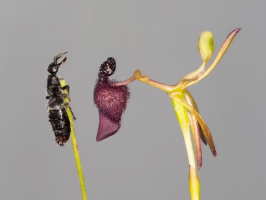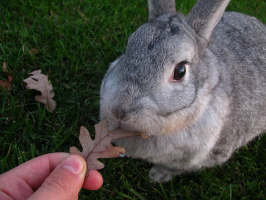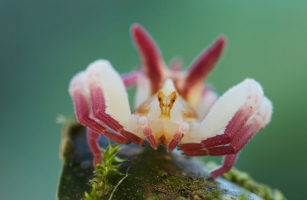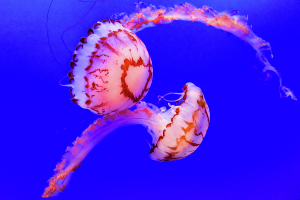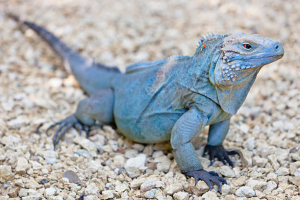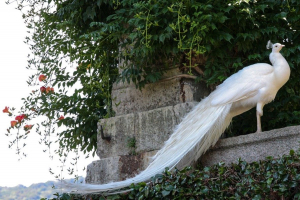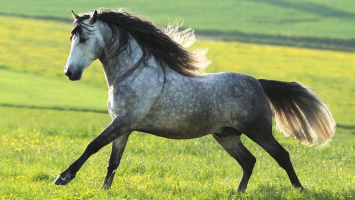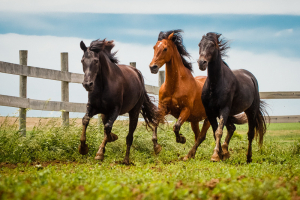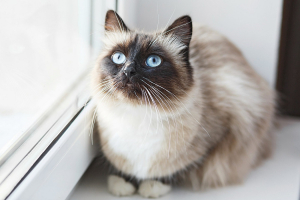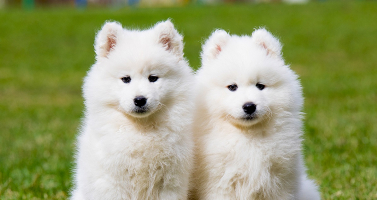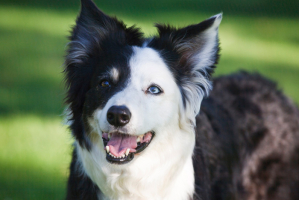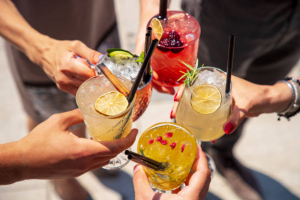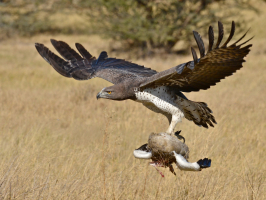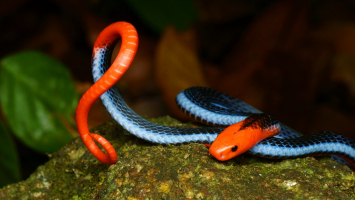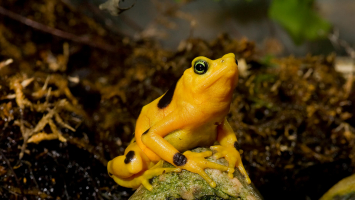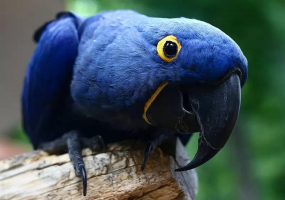Top 10 World's Most Beautiful Horse Breeds
There are over 600 horse breeds in the world today, each with its own special charm and personality. All horses are attractive in their own unique ways, but ... read more...some stunning breeds particularly appeal to people. The admiration of horses goes back thousands of years in cultural artwork and literature. Below is a list to help you learn more about the history, stats, and facts of the most stunning horse breeds, let's find out!
-
The Friesian (also Frizian) is a horse breed originating in Friesland, in the Netherlands. Ancestors of Friesian horses are thought to have been in high demand as battle horses throughout continental Europe throughout the Middle Ages. Their size allowed them to transport an armored knight during the Early and High Middle Ages. In the Late Middle Ages, it was necessary to have heavier, draught-type animals. Despite multiple occasions when the breed was on the verge of extinction, the Friesian horse is now increasingly prevalent and utilized both in harness and under saddle.
The majestic and graceful Friesian horse is a magnificent animal. Despite having a shape similar to a light draught horse, Friesians are graceful and agile for a horse of their size. These impressive animals, which are all one hue, transport you to fantastic and unconquerable lands in many people's minds. Most recently, the breed is being introduced to the field of dressage.
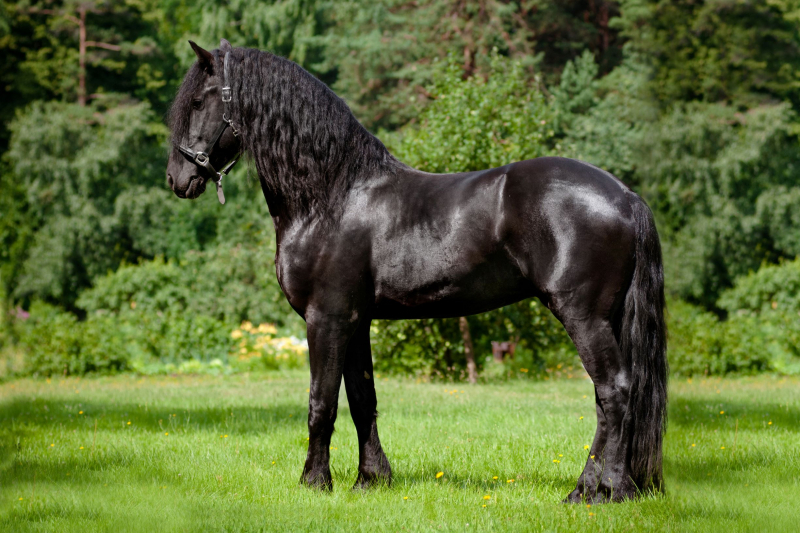
Horse Racing Sense 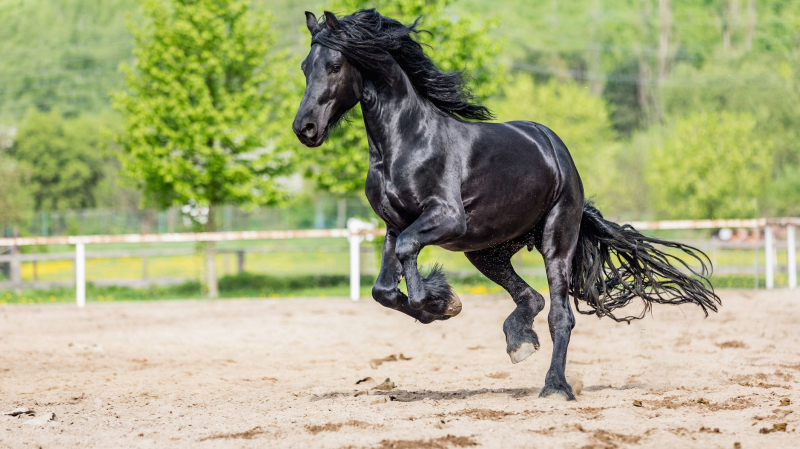
The Spruce Pets -
The Andalusian, also known as the Pure Spanish Horse or PRE (pura raza española), is a horse breed from the Iberian Peninsula, where its ancestors have lived for thousands of years. Since the 15th century, the Andalusian has been recognized as a unique breed, and over time, its conformation has barely changed. It has a long history and has been coveted by the nobles because of its skill as a combat horse. The Spanish government utilized the breed as a diplomatic weapon, and rulers all over Europe rode and possessed Spanish horses. Warfare, illness, and crossbreeding drastically decreased herd numbers during the 19th century, and despite a slight recovery in the late 19th century, the trend persisted until the early 20th century.
Andalusians are well-built, compact, and attractive with long, thick manes and tails. Despite coming in a variety of colors, gray is their most prevalent coat color. They are renowned for their wit, sensibility, and submissiveness. Although there is no genetic support for this assertion, breeders believe the Carthusian sub-strain of the Andalusian breed to be the purest. However, the strain is still regarded as distinct from the main breed, and breeders favor it because consumers are willing to pay extra for horses with Carthusian genes.
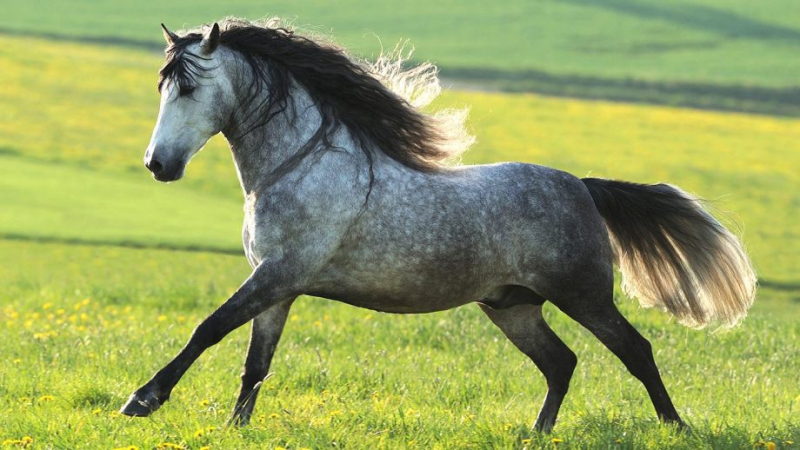
Horse & Hound 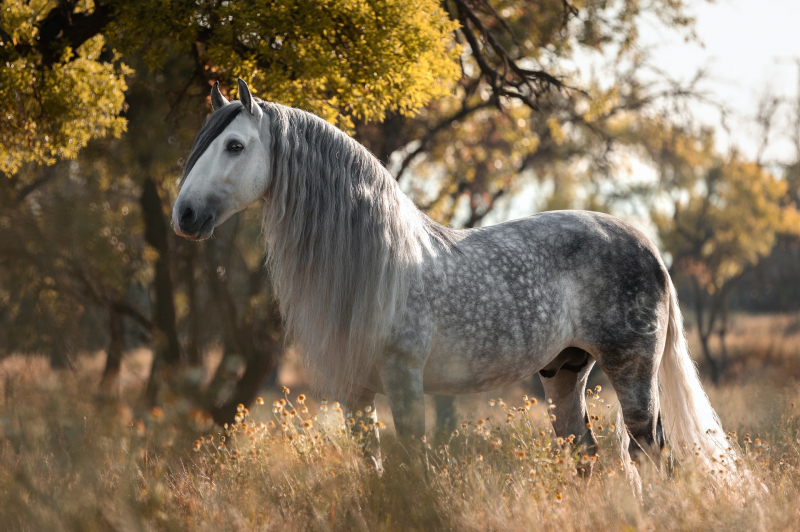
Globetrotting -
The Haflinger, also known as the Avelignese, is a breed of horse developed in Austria and northern Italy (namely Hafling in the South Tyrol region) during the late 19th century. Haflinger horses have distinct gaits described as energetic but smooth, are well-muscled yet graceful, are often tiny, and are invariably chestnut with a flaxen mane and tail. The introduction of genes from Arabian and other European breeds into the original native Tyrolean ponies led to their current conformation and appearance. The Great Depression and both World Wars had a negative impact on the breed, and at times lower-quality animals were utilized to save the species from going extinct. Breeders concentrated on producing horses during World War II that were shorter and more draft-like, which were preferred by the military for use as packhorses. After the conflict, attention was drawn to larger, more highly developed creatures.
Haflingers can be used for a variety of activities, such as light drafting, harness work, and other under-saddle sports like therapeutic riding, endurance riding, dressage, and equestrian vaulting. The German and Austrian troops continue to employ them for tasks in difficult terrain. The World Haflinger Federation, an association of 22 national registries that oversees breed standards for the Haflinger, assists its member organizations in establishing breeding goals, principles, and regulations.
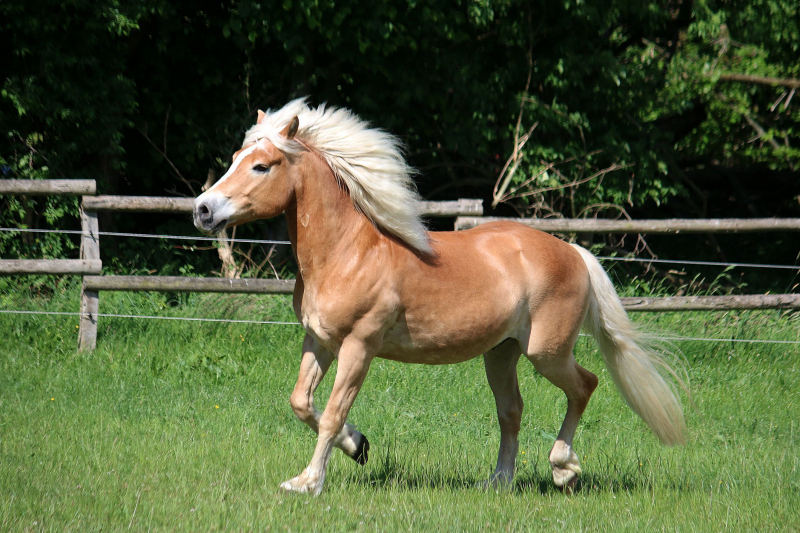
The Spruce Pets 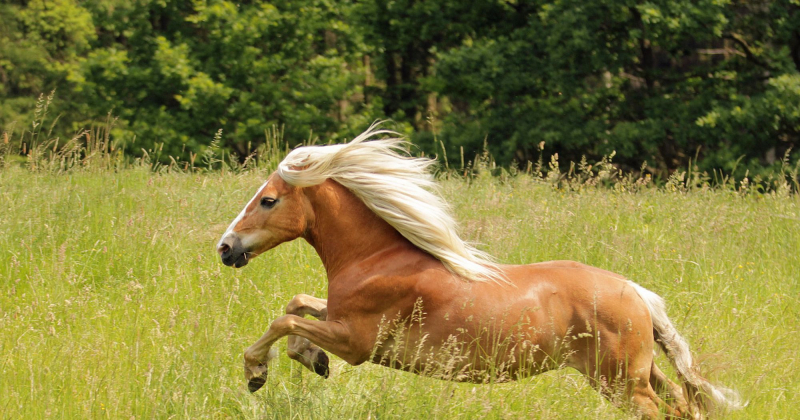
FEI.org -
The Arabian or Arab horse is a breed of horse that originated in the Arabian Peninsula. One of the most recognizable horse breeds in the world, the Arabian has a distinctive head form and a high tail carriage. A horse breed that resembles modern Arabians can be seen in the Middle East as far back as 4,500 years ago, making it one of the oldest breeds. Arabian horses have historically been transported throughout the globe through trade and conflict, and they have been utilized to enhance other breeds by bringing speed, finesse, endurance, and a strong bone to them. Nearly every breed of riding a horse in existence today has ancestry from the Arabian horse.
The nomadic Bedouin people valued the Arabian, which was developed in a desert climate and frequently placed inside the family tent for protection against theft. A horse breed that is friendly, quick to pick up new skills, and eager to please has been developed through selective breeding for attributes like the capacity to work cooperatively with humans. Additionally, the Arabian acquired the great spirit and vigilance required of a horse used for raiding and combat. Modern Arabian horse owners must treat their horses with skill and respect due to their willingness and sensitivity.
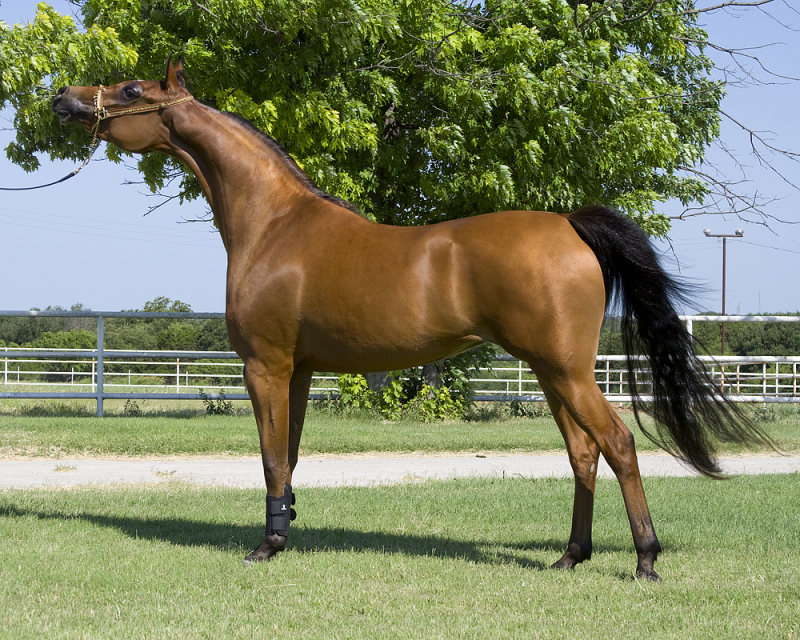
Wikipedia 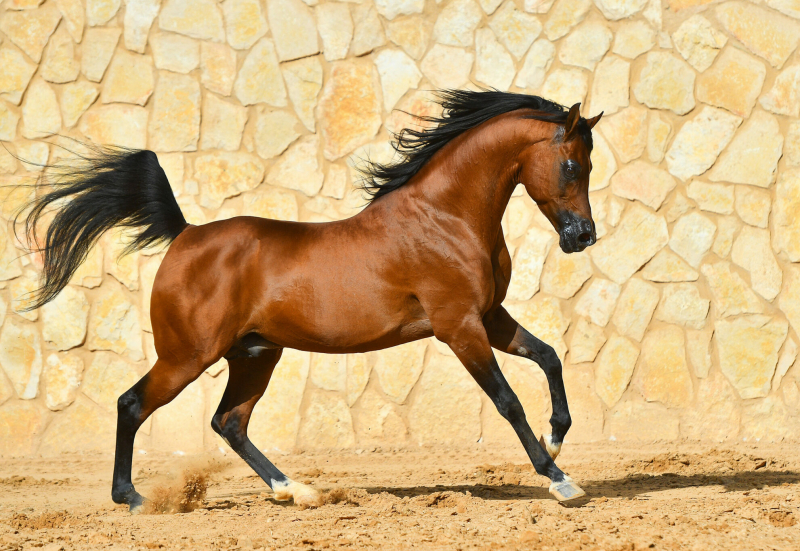
Globetrotting -
The Appaloosa is an American horse breed best known for its colorful spotted coat pattern. Due to the impact of several horse breeds over the course of history, the breed has a wide variety of body forms. Genetically, each horse's color pattern is the product of different spotting patterns layered on top of a certain base coat color. Those who research the genetics of horse coat color are interested in the Appaloosa's color pattern since it and a number of other physical traits are connected to the leopard complex mutation (LP). Equine recurrent uveitis and congenital stationary night blindness, the latter of which has been connected to the leopard complex, are also conditions that are common in appaloosas.
Today, the Appaloosa is one of the most popular breeds in the United States; it was named the official state horse of Idaho in 1975. Although it is most recognized for being a stock horse used in a variety of western riding disciplines, this breed is adaptable and has representatives in many other equestrian sports. The Florida State Seminoles' mascot is an appaloosa, which has appeared in numerous films. Other horse breeds, such as the Pony of the Americas, the Nez Perce Horse, and various gaited horse types, have been impacted by Appaloosa bloodlines.
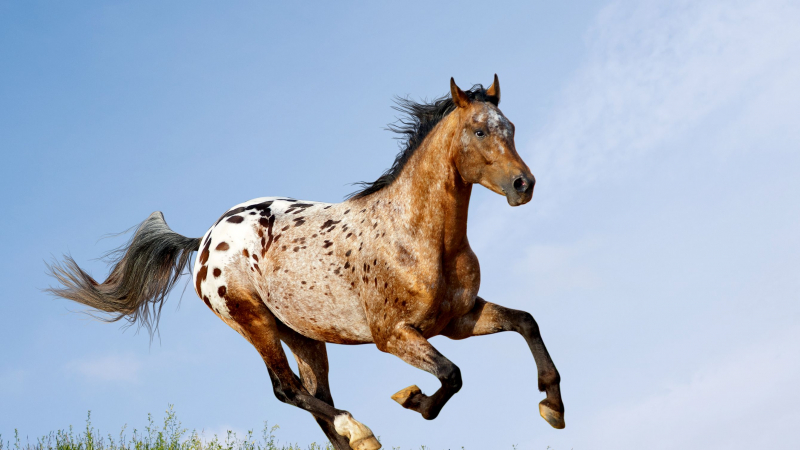
The Spruce Pets 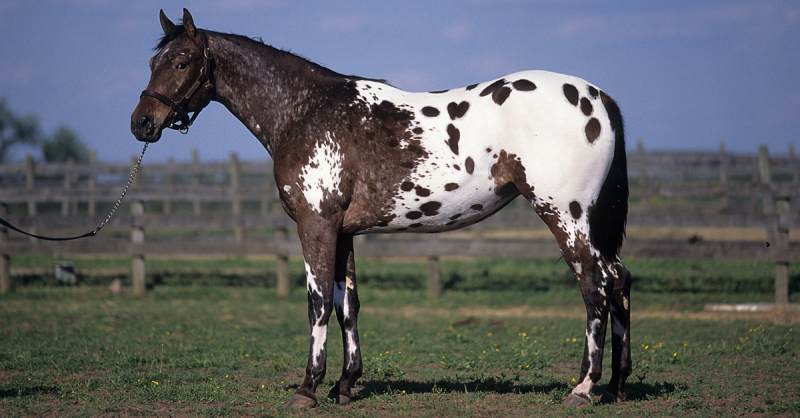
Horse Canada -
The Marwari or Malani is a rare breed of horse from the Marwar (or Jodhpur) region of Rajasthan, in northwest India. It is closely related to the Kathiawari breed of the Kathiawar peninsula of Gujarat, with which it shares an unusual inward-curving shape of the ears. It is found in all equine colors, including piebald and skewbald. It is a hardy riding horse; it may exhibit a natural ambling gait.
The Marwari was first bred by the Rathores, who were the Marwar region's historic rulers in western India. They advocated severe breeding that supported chastity and toughness beginning in the 12th century. The Marwari, a horse that the people of the Marwar region used as cavalry throughout history, was renowned for its bravery and devotion in conflict. The breed declined in the 1930s as a result of bad management techniques that led to a decrease in the breeding stock, but it has recently begun to reclaim some of its prior popularity. The Marwari is employed for riding, packing, and light agricultural work. The Marwari horse was given its own breed society in India in 1995. For many years, the export of Marwari horses was prohibited; however, between 2000 and 2006, a limited number of exports were permitted. Despite being uncommon, they are becoming more well-known outside of India thanks to their distinctive appearance.
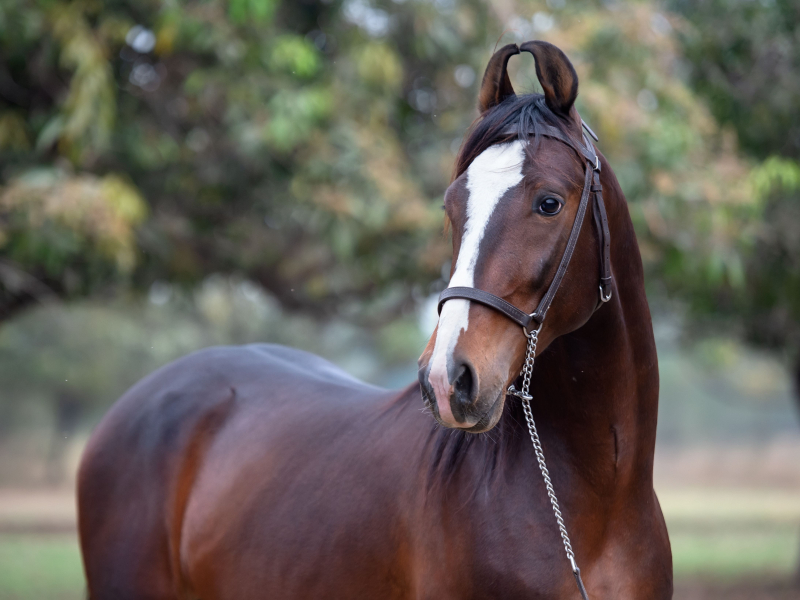
The Spruce Pets 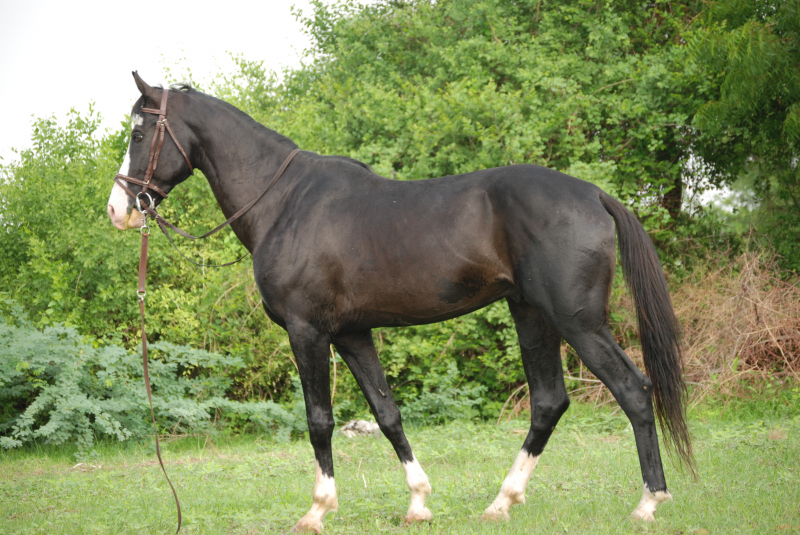
Wikipedia -
The Akhal-Teke is a Turkmen horse breed. They are known for their intellect, stamina, and striking metallic shine. The term "Golden Horses" originated from the breed's glossy coat. These horses are among the oldest horse breeds still in existence and are adapted to harsh weather conditions. There are currently roughly 6,600 Akhal-Teke in the world, most of whom live in Turkmenistan but can also be found in Europe and North America. Turkmenistan's Kopet Dag mountains' northern slope is known as the Akhal line of oasis. The Turkmen Tekke tribe has lived there in the past.
The origins of the Akhal-Teke are the subject of numerous theories, some of which go back thousands of years. Some people assert that the Turkoman horse, an ancient breed, is the same as the Akhal Teke, which is likely a descendent of that breed. The Turkmen tribes selectively bred the horses, jotting down their pedigrees verbally and utilizing them for robberies. The race, along with its nation, was absorbed by the Russian Empire after being utilized in the futile battle against it. Recent studies have shown that Turkoman stallions significantly influenced the formation of the Thoroughbred and that the Turkoman has influenced numerous other breeds, including contemporary warmbloods. There is, however, a chance that all current Akhal-Tekes have a Thoroughbred sire line.
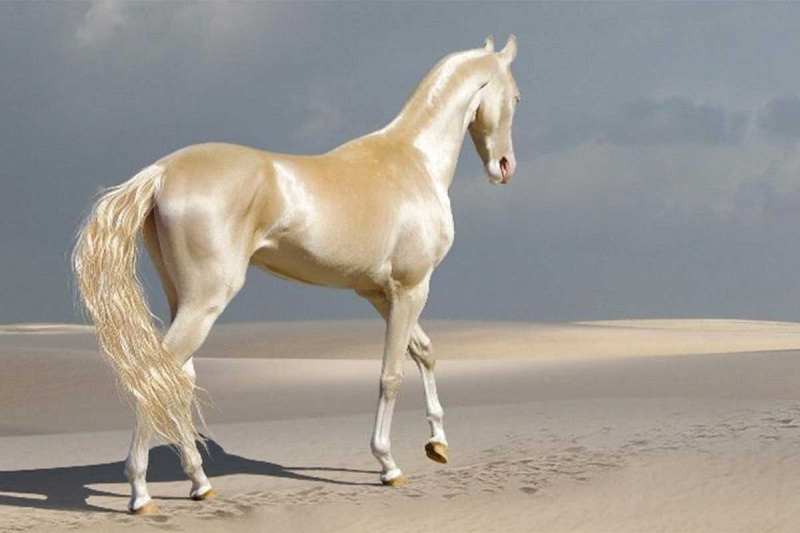
COWGIRL Magazine 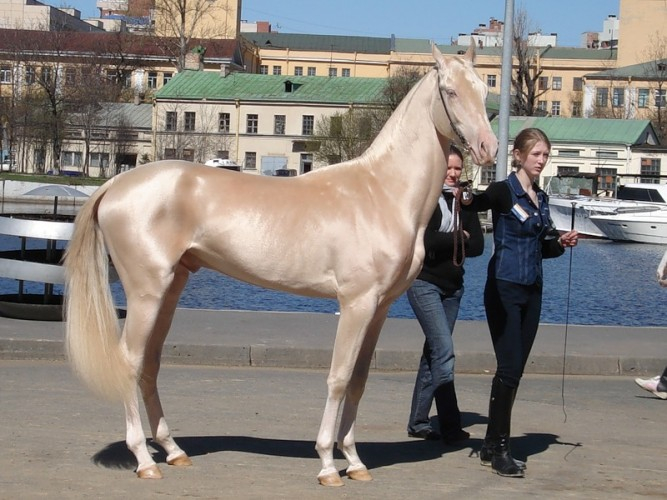
Featured Creature -
The Sorraia is a rare breed of horse indigenous to the portion of the Iberian peninsula, in the Sorraia River basin, in Portugal. The Sorraia is known for its primitive features, including a convex profile and dun coloring with primitive markings. Sorraia horses have bi-colored manes and tails with lighter-colored hairs that fringe the outside of the longer-growing black hair. Some authors have put forth the hypothesis that the Sorraia is descended from primordial horses found in Southern Iberia's naturally occurring wild fauna as an explanation for its beginnings. Research is being done to determine the Sorraia's link to several wild horse species as well as other breeds from the Iberian Peninsula and Northern Africa.
The breed's members are little but tough and well-suited to severe environments. A Portuguese biologist discovered a small colony of these virtually extinct horses in the early 20th century after they had been sporadically caught and used by local farmers for decades. Currently, the Sorraia is the subject of preservation efforts, with European scientists taking the lead and enthusiasts from many nations organizing programs and creating herds to help restore this breed from its current endangered state.
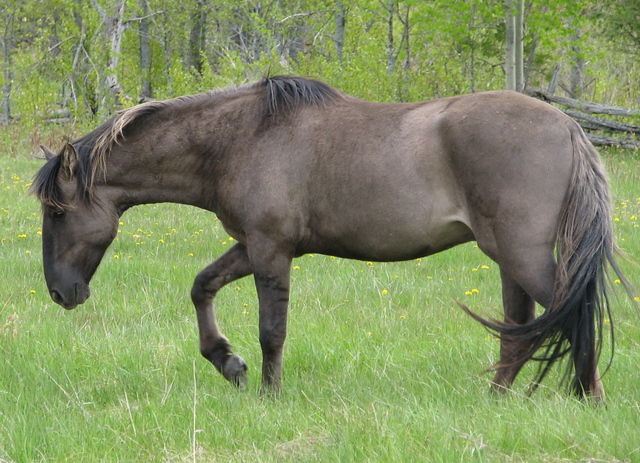
Wikipedia 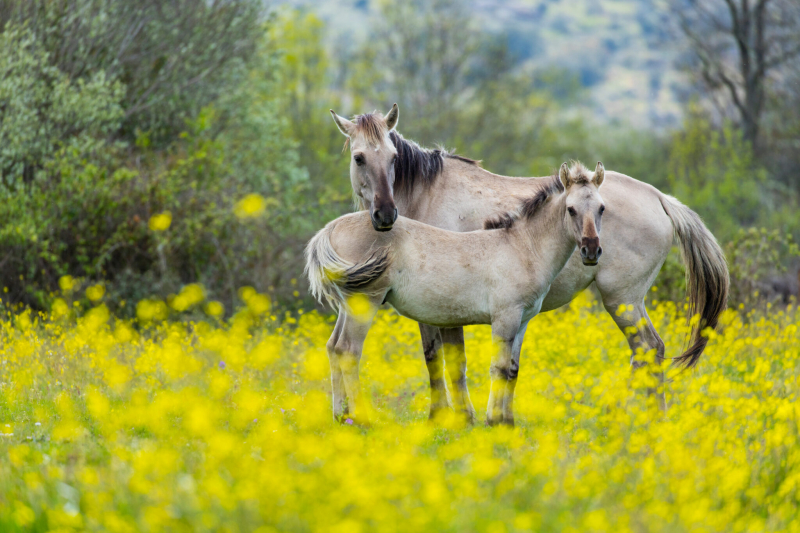
Globetrotting -
The Knabstrupper, also called the Knabstrup horse, is a Danish breed of horse with an unusual range of coat coloration. Although pony-sized ones at 58 inches are also discovered, the breed typically measures 62 to 64 inches. Numerous variations between solid and fully leopard-spotted coat designs are available. The leopard complex is a genetic system that contributes to the spotted coat. While the Appaloosa horse and the Knabstrupper emerged separately, both breeds share the spotted color patterns that are typical of the former. The conformation of the breed is typically either warmblood or Baroque. Some Knabstruppers are born with solid colors, such as bay or chestnut.
In Denmark in 1812, the Knabstrupper breed was originally developed. When a solid-colored stallion and a chestnut mare with blanket leopard patterns were bred, a colt with striking spotting was born. The mare and her kid were bred to numerous additional horses, giving birth to numerous foals with spotting and creating the breed known as the Knabstrupper. It's uncertain whether any purebred members of this breed now exist after being crossbred with other types of horses. This breed was previously very well-liked. In addition to being utilized for ordinary riding, carriage work, and circus horses, they excel at dressage and show jumping. To diversify the Knabstrupper breed, three Appaloosa stallions were introduced to Denmark in 1971.
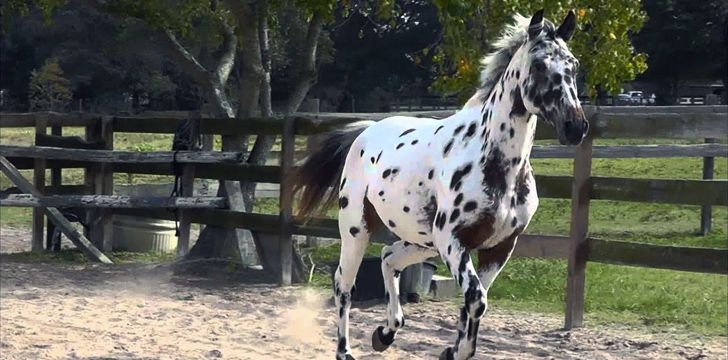
iStock 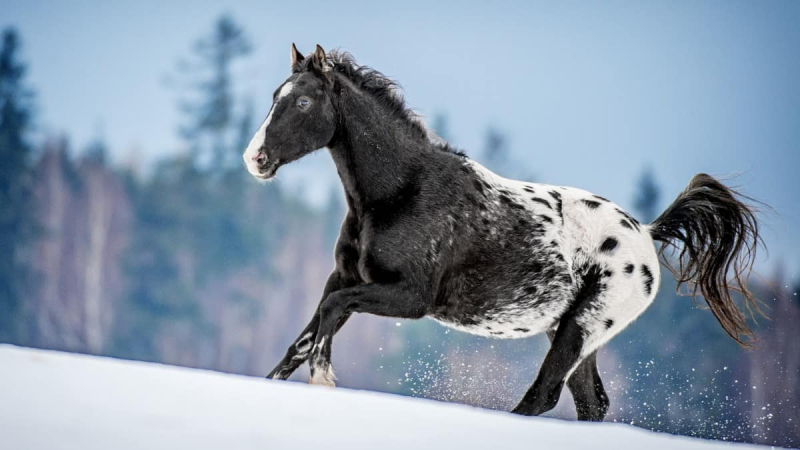
Amazing Horse Facts -
The Lipizzan or Lipizzaner is a horse breed named for the Lipizza Stud of the Habsburg monarchy. The Lipizzan, a breed of the Baroque type that is often gray in color, is strong, matures slowly, and is renowned for its longevity. The breed is intimately linked to the Spanish Riding School of Vienna, Austria, where the horses perform the Haute école or "high school" movements of classical dressage, such as the meticulously timed, stylized jumps and other maneuvers referred to as the "airs above the ground".
Today, eight stallions are recognized as the classic foundation bloodstock of the breed, all foaled in the late 18th and early 19th centuries. All breeding stallions include the name of the bloodline's founding sire in their names, and all contemporary Lipizzans can trace their bloodlines back to these eight stallions. Additionally, there are 35 classic mare lines that have been approved by several breed registries. The Lipizzan International Federation, which includes about 11,000 horses in 19 nations and at 9 state studs in Europe, is home to the bulk of horses that are registered. The majority of Lipizzans live in Europe; lesser populations can be found in the Americas, South Africa, and Australia.
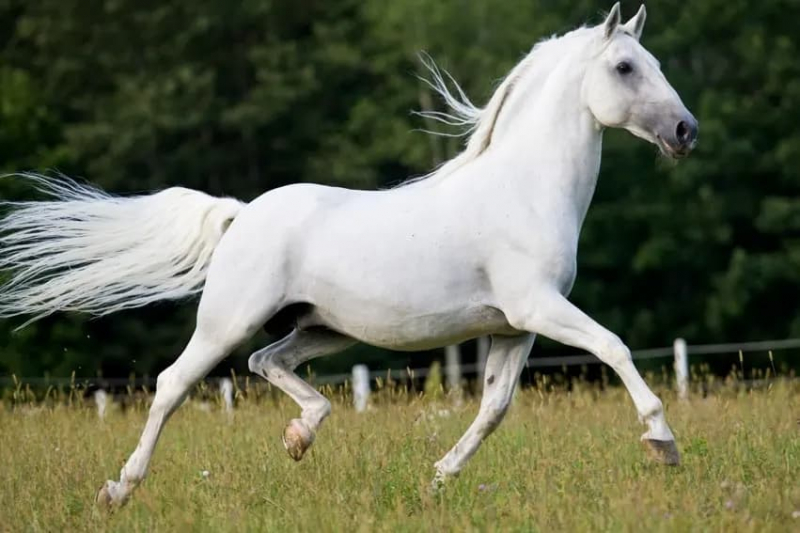
Horsey Hooves Viking River Cruises












